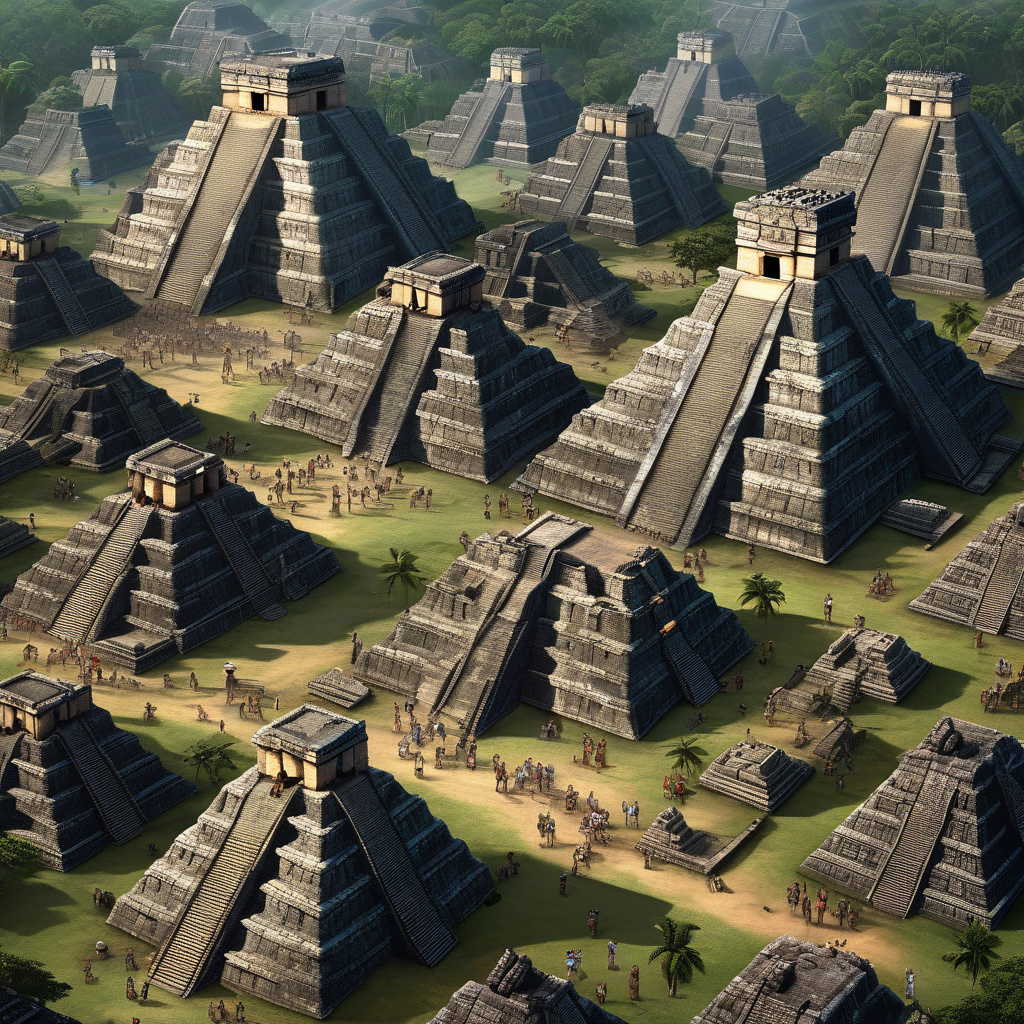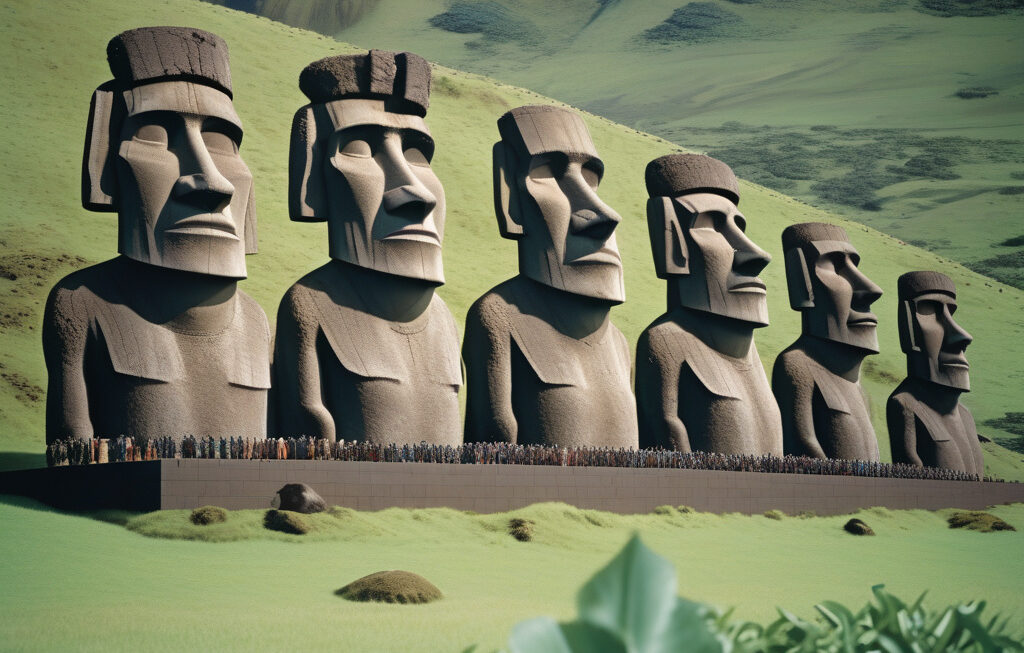Ancient Maya Civilization: Unveiling the True Scale of its Population
A groundbreaking new study led by Tulane University found that the population of the Maya civilization was far more extensive than previously believed. The research challenges existing perceptions and sheds light on the remarkable scale of this ancient society. Contrary to earlier estimates, which pegged the Maya population at around 5 million people, the study reveals that at its peak, this Mesoamerican civilization may have been home to a staggering 16 million individuals.
The Maya civilization, renowned for its advanced knowledge in astronomy, mathematics, architecture, and art, thrived in the region that encompasses present-day Mexico, Guatemala, Belize, Honduras, and El Salvador. While the spectacular ruins of cities like Tikal and Chichen Itza stand as testaments to the grandeur of their civilization, the true extent of their population has long been a subject of speculation among archaeologists and historians.
By employing LiDAR (Light Detection and Ranging) technology to survey the dense jungles of the Maya Biosphere Reserve in Guatemala, researchers were able to create high-resolution maps of the region, providing unprecedented insights into the ancient Maya landscape. Through the analysis of these maps, combined with ground surveys and excavations, the team was able to estimate the number of structures in the region, which in turn led to the groundbreaking revision of the civilization’s population figures.
The implications of this discovery are profound. The revised population estimate suggests that the Maya civilization was not only more extensive in size but also more complex and interconnected than previously thought. The presence of such a vast population would have necessitated sophisticated agricultural, political, and social systems to support and sustain it. This challenges the prevailing notion that the Maya were primarily decentralized city-states and underscores the need for a reevaluation of our understanding of their society.
Moreover, the study highlights the importance of leveraging technological advancements in archaeology to unravel the mysteries of ancient civilizations fully. LiDAR technology, in particular, has revolutionized the field by enabling researchers to uncover hidden features of the landscape that are not visible to the naked eye. By harnessing these tools, scholars can delve deeper into the past and piece together a more comprehensive picture of the cultures that have come before us.
As we continue to explore the secrets of the Maya and other ancient civilizations, it becomes evident that there is still much to learn and discover. Each new finding challenges our preconceptions and enriches our understanding of the complexities of human history. The revelation of the Maya civilization’s true population size serves as a reminder of the enduring allure of archaeology and the endless possibilities it holds for uncovering the past.
In conclusion, the recent study led by Tulane University has reshaped our perception of the ancient Maya civilization, revealing a society that was far more populous and intricate than previously imagined. By pushing the boundaries of exploration and embracing innovative technologies, researchers have unlocked a new chapter in the story of the Maya, inviting us to marvel at the scale of their achievements and the depths of their legacy.
Maya, Civilization, Population, Archaeology, Discoveries












